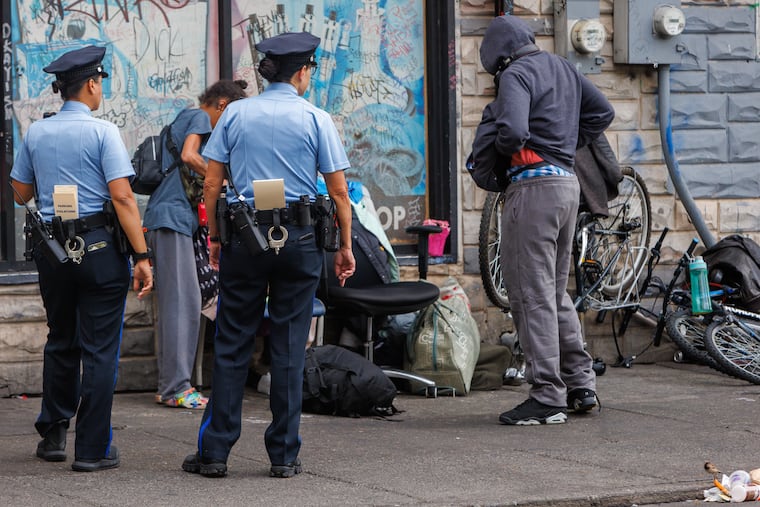Drug deaths and overdoses plague Philly jails, raising concerns about plans to step up Kensington arrests
Since 2018, 25 people have died drug-related deaths in Philly jails, where drugs are widely accessible. As the city plans to arrest more drug users in Kensington, that has compounded safety concerns.
